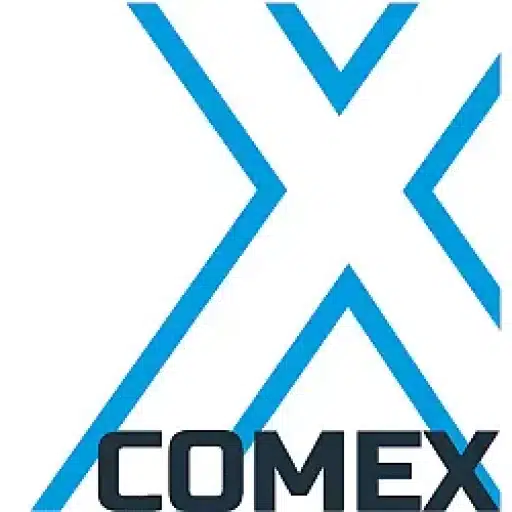+31 (0)43 30 88 400 | office@comex.eu

Make sure you have a good storage place!
It is not the job of the records creator and/or custodian to ensure where or on what information is preserved. When we still worked in analog, an architect made sure we had a good archive space. In the digital age, that is an IT architect, who has to make sure there is a proper repository for the archive. That, of course, has to be someone with the know-how: in addition to the IT architect, the system administrator is involved, who makes sure things stay in order.
Copy needed!
A job with a lot of responsibility. For example, the analog archive had to be free of weather influences; the digital archive also had to be resistant to other external disruptions such as failure of external infrastructure. In addition, it should be safe, the front door should not just literally and figuratively open. In the digital archive, the system administrator must provide a proper digital key for the digital door. But above all, the repository itself must also meet the requirements. Whereas an analog archive room is equipped with hardware such as air conditioning to keep records in good condition, digital archives also require special hardware to keep digital records in the desired condition. After all, you want to be assured that no damage will occur to the pieces or even lose them entirely. Silent Bricks are designed specifically for this purpose and provide the hardware to preserve digital records over very long periods of time. It is also advisable, for both analog and digital archives, to keep a copy of the archive in another location. Even if the data center turns out not to be as secure as thought, or a disaster occurs, you are thus always assured of a copy. It is an advantage of the digital age; in the analog age, a copy archive was often not available for the simple reason that it was impractical. That’s a lot easier now, but you have to get it right.
Be aware of a good place!
So the bottom line: be aware that the digital archive needs a proper repository. Do not store your precious data just anywhere and do not blindly trust that the repository is good, but have this aspect of the digital archive well planned by IT architects and system administrators. Consider, for example, OVH, a large European cloud provider with 30 data centers across Europe. Recently, four data centers were down due to fire. Now you will think that such a company would have thought this through and have high redundancy with 30 data centers. But most cloud services were inaccessible and customer data was lost. So even in large organizations, things sometimes go wrong. Awareness at this point is therefore by no means a luxury.


 Subscribe for tips and info
Subscribe for tips and info